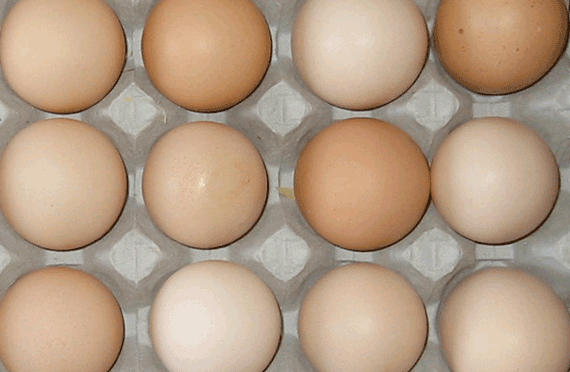



Uniform Eggs are Laid by Uniform Hens
An outline of the factors contributing to the development of a uniform flock that will produce uniform eggs from Maciej Kolanczyk of Pas Reform.Uniformity in day-old chicks is increasingly important as a contributor to economic efficiency. Producing chicks of a uniform size requires two basic conditions: an optimised incubation process, which depends on the quality of the incubators and the incubation programmes – and uniformly sized hatching eggs, which relies upon many factors linked to the breeder farm. Breed, the age of the hen, the hen’s body size, feeding, diseases and the farm environment are all key factors.
In the hen’s life cycle, egg size changes according to a natural pattern, being smaller at the beginning of lay and becoming larger towards the end. From the breeder flock, we expect the production of as many hatching eggs as possible in an optimum size range of 50 to 70g. If the hens are uniform in size and maturing at the same age, we can expect eggs laid by them to be uniform. Physical and physiological development depends mainly on rearing. In all management guides, body size is described by body weight. However the reproductive physiology of a small, fat hen is different from her tall and skinny sister – even if their body weight is identical. Actual body size is related to the dimensions of skeleton. Breeders within one flock that are uniform by skeleton size and body weight at 20 weeks will respond similarly to programmes that stimulate maturity.
Because the skeleton is fully formed by 11 to 12 weeks of age, the first half of the rearing period becomes an important phase: a limited period during which uniformity can be successfully influenced.
The first rearing week is the period when the most intensive growth in a hen’s life occurs – potentially leading to great differences between birds. These differences are mainly a reflection of variation in the development of internal organs, which dictate whether the bird will be a more or less efficient organism in the future. A good start from the first hour on the rearing farm is the best investment for achieving the smooth development of the pullet later. Early, effective control of growth, smooth development, passing important ‘check points’ at six and 12 weeks and starting the lighting programme at optimum age all contribute to the development of a uniform flock that will produce uniform eggs.

Advice
- Ensure the highest growth rate in the first week of life. High average body weight at seven days – usually related to high uniformity – is an indication that all chicks started well.
- Avoid needing to correct body weight: start feed restriction by the end of first week and apply small but regular weekly increments of daily rationing.
- Start grading in the fourth week, to allow sufficient time for directing extreme groups towards the common target at 12 weeks.
- Aim to keep the flock strictly on target body weight at six and 12 weeks of age.
- Assure good environmental conditions, regular feed increments, sufficient feeding space and good disease control during the entire rearing period.
- Start maturity-stimulating programs when the majority of hens are ready. Even a uniform flock will include a proportion of birds that mature earlier or later. Well controlled lighting during rearing and not starting the stimulation program too early are basic requirements.
- Ensure good feed composition, avoid overfeeding and apply water restriction during the production period. These factors help to maintain uniform egg size.
November 2011








